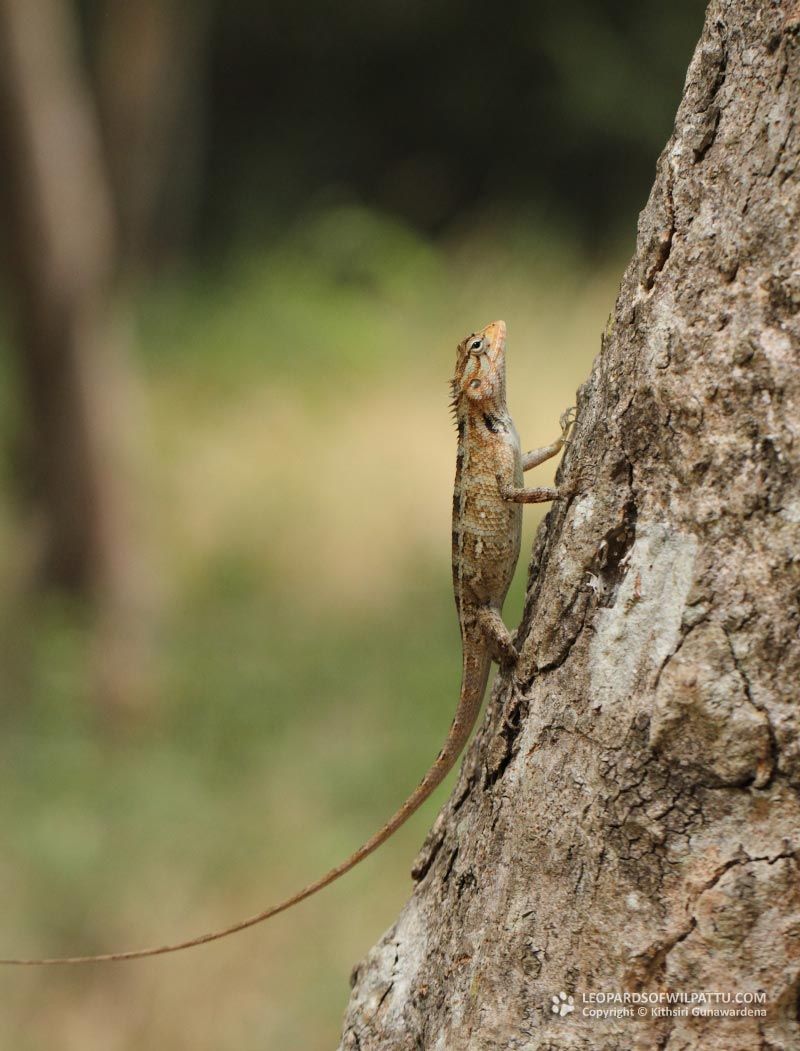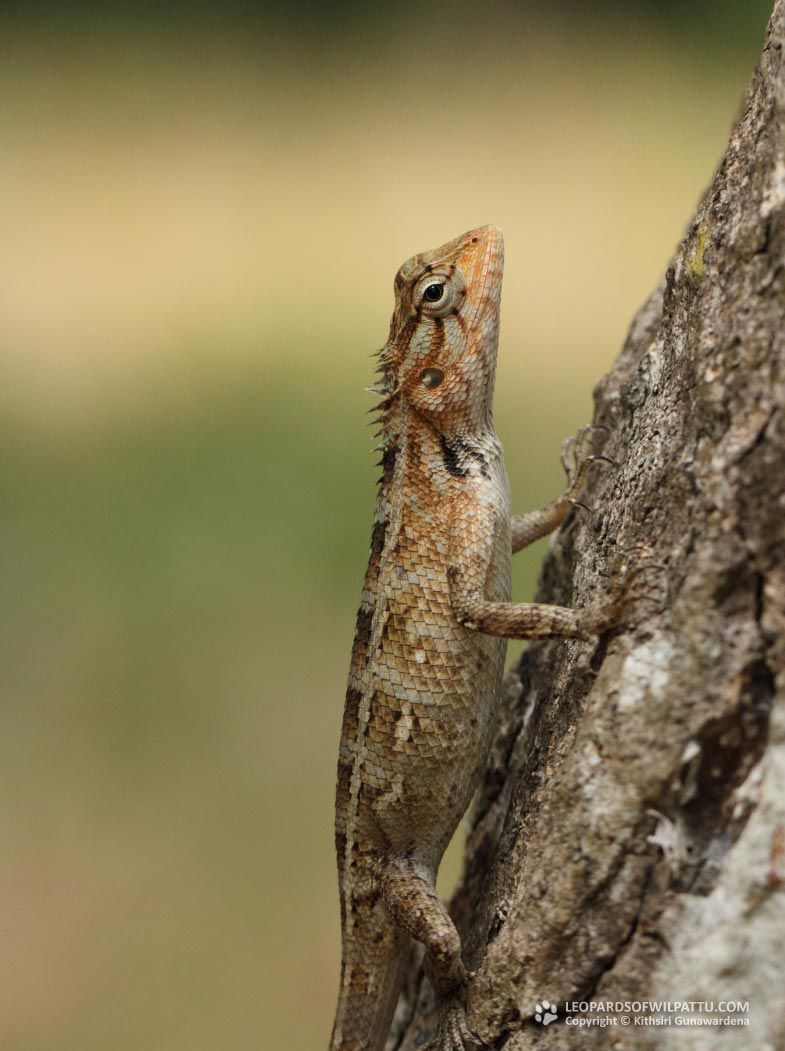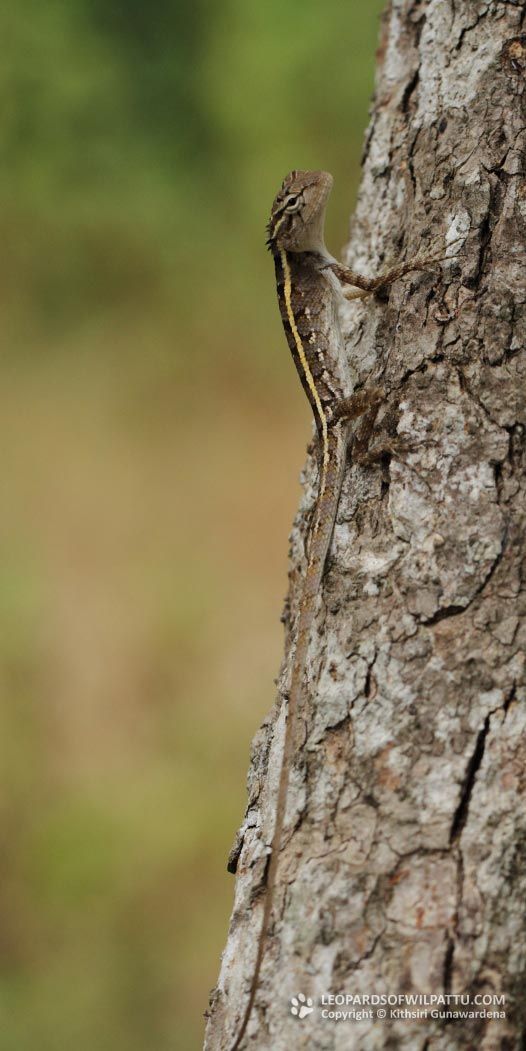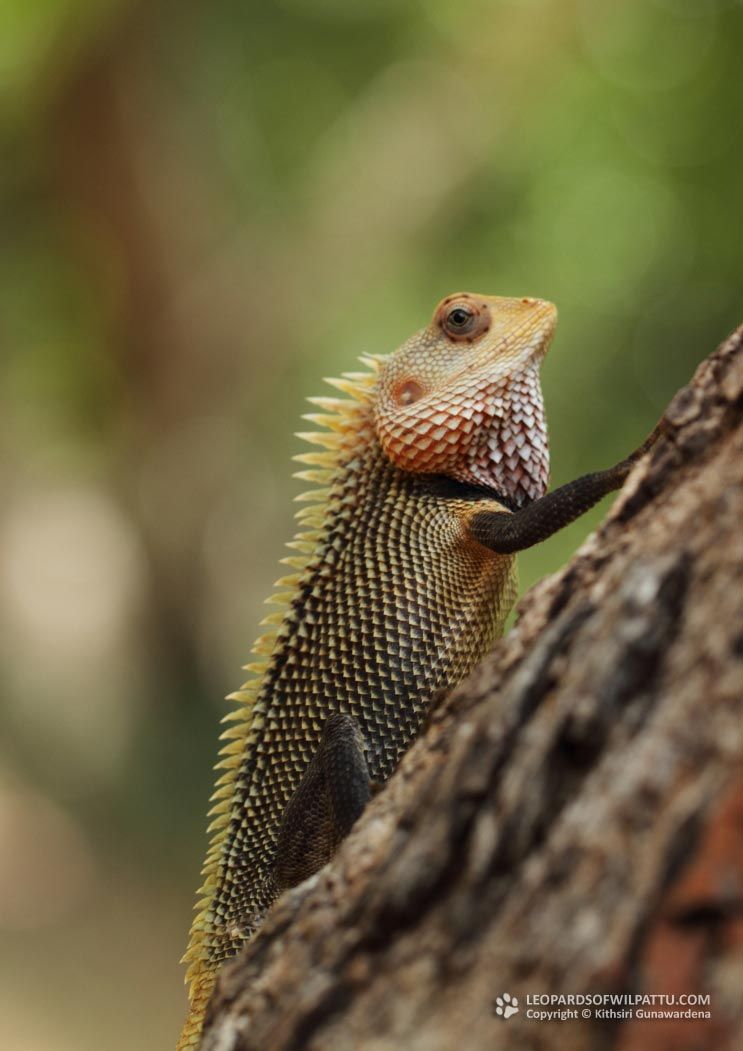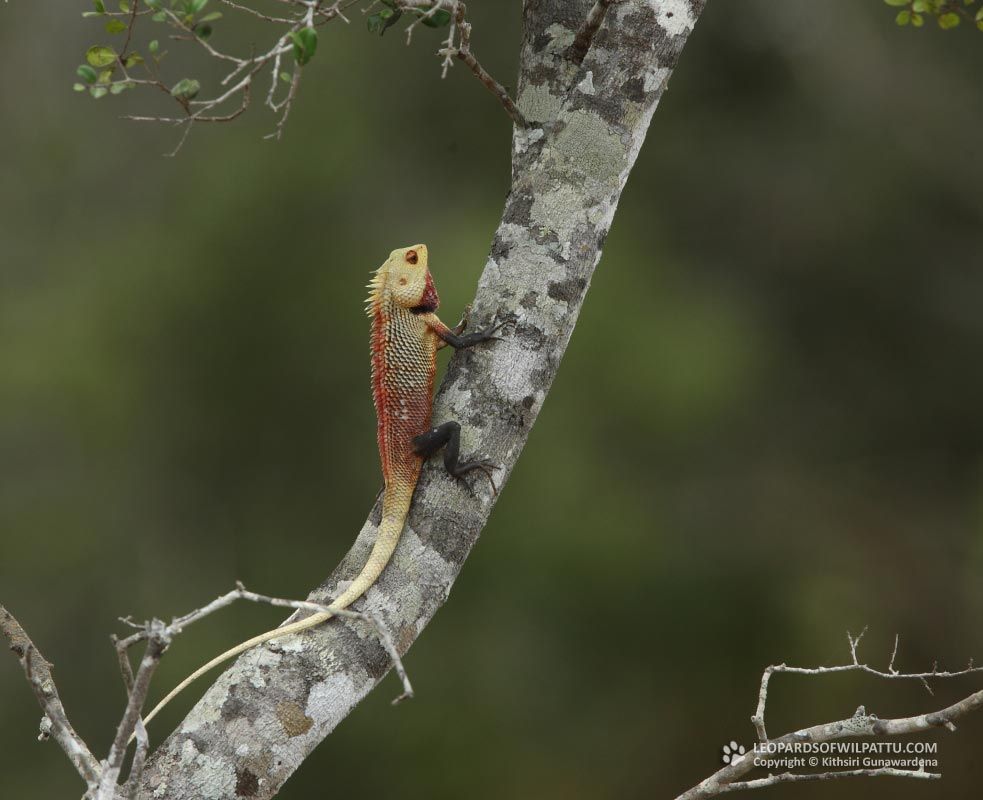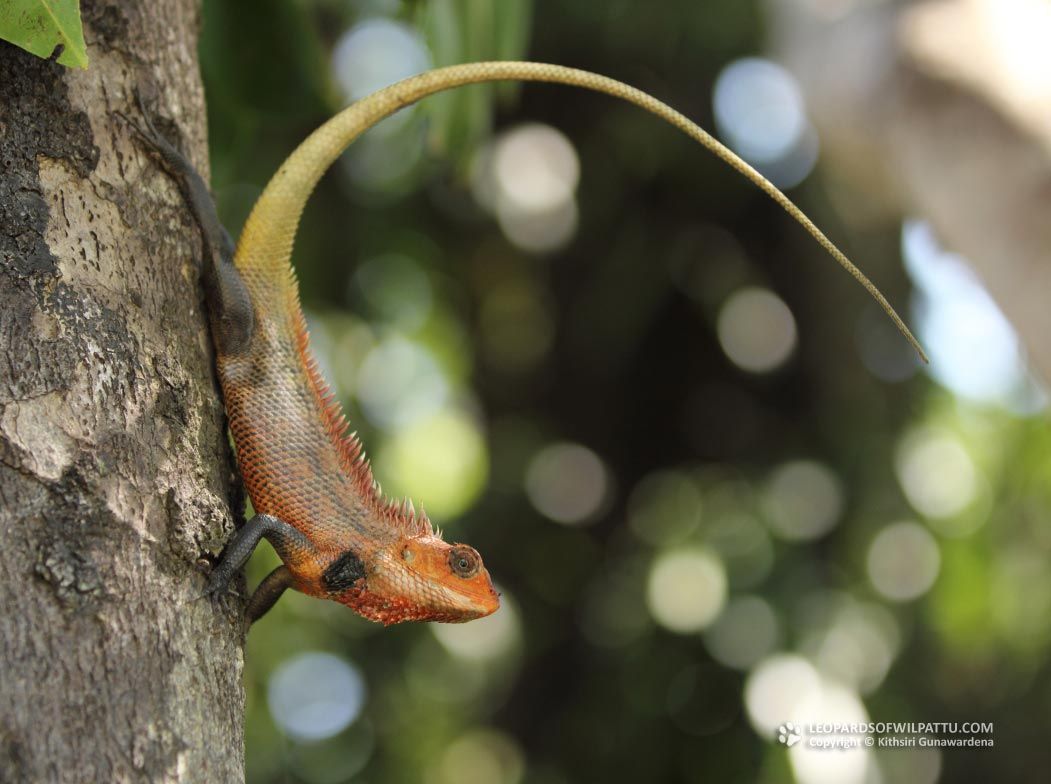
Reptiles ‹‹ Go Back
This species is widely distributed in the tropical Asian countries and is commonly observed in the plains and mid hills of India, Pakistan, Nepal, Bangladesh, Afghanistan, Iran, Bhutan, Oman, China, Sumatra and throughout South-east Asia as well. I have seen this species in the small resort islands in the Maldives and later learnt that it had been introduced in to these islands. This species have been introduced and now can be observed in the wild in certain parts of Kenya and Florida as well. The conservation status of this species is regarded as “Least Concerned” (National Red List 2012) and it is protected under the Fauna and Flora Protection Ordinance as amended by Act No. 22 of 2009.
In Sri Lanka this species can be found throughout the low lands and the mid hills of the country. The highest elevations at which I have observed this species are at Dikoya at 1380 meters and at Meemure in the Knuckles Forest Reserve at an altitude of 1310 meters. It is more commonly found in open areas than in deep forests and is equally abundant in the wet zone as well as the dry zone. I have observed this species to be common in the Jaffna peninsular, Mannar Island as well as the Palaithivu Island off Devil’s Point and it can be found in every garden in Colombo as well.
The males are larger than the females and often engage in displaying from an elevated position in its territory to attract females as well as to keep the other males at bay. On a few occasions I have watched two males of equal size engage in “fighting” until one is exhausted and is moved out of the territory. The female is smaller and less colorful than the male. I have observed, on few occasions, the female of this species digging the ground and laying its eggs. On each of these instances a location, which is well exposed to sunlight, was chosen. The eggs are not hard and the exterior is of a “rubbery” texture. Once the egg laying process is over the female takes great care to close the pit containing the eggs diligently. As with most reptiles the eggs the female leaves the eggs and takes no part in incubation or protecting them.
The sub adults of these lizards are brown in colour and has two yellow stripes that run from behind the eyes well in to the tail. The stripes disappear as they reach maturity. The females are usually brown in colour but the males when displaying will exhibit a rich reddish colour with their heads taking a deep red with the limbs carrying a metallic blue black.
In Willpattu it is quite common throughout the park but is more commonly seen in the open areas. They are quite common in the vicinity of all the bungalows as well.

